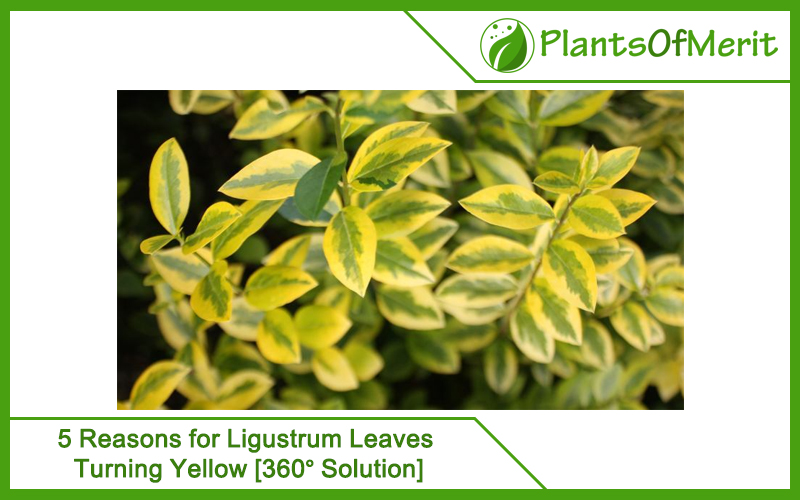If you have a private lawn or garden that you use to grow your choice of plants and trees, chances are that you know about Ligustrum. The beauty and compact appearance of this plant gives a statement appears to the area, making it a popular option for many gardeners to look into.
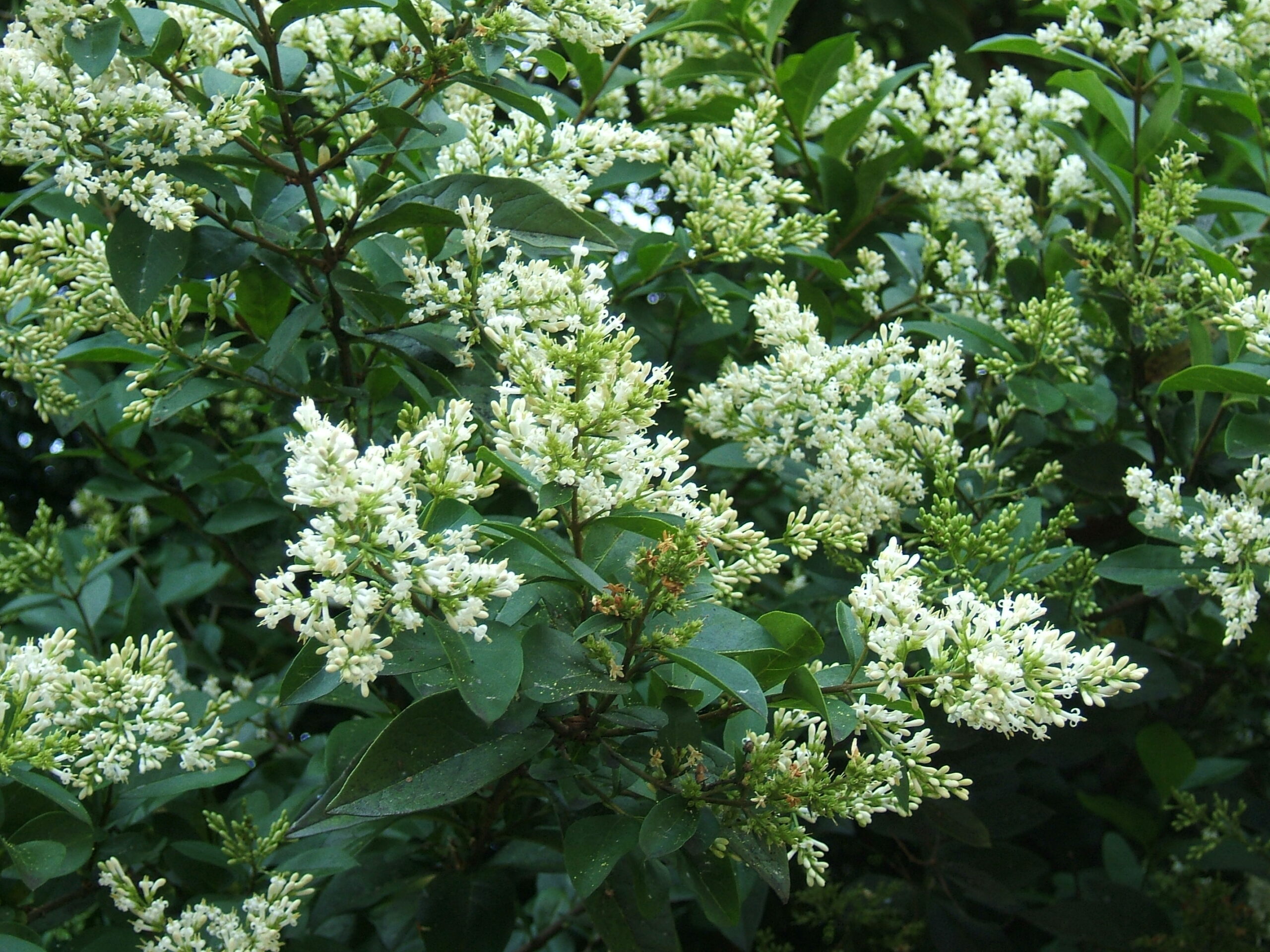
The evergreen nature of this plant along with the small leaves makes this a very popular option for individuals to explore in the long run. Despite being a lot resilient, there could be instances where the Ligustrum leaves might turn yellow from their staple green color.
If you are experiencing something similar, this article will walk you through all the shortcomings and what you can do to fix them.
Reasons why Ligustrum Leaves are Turning Yellow
When it comes to the Ligustrum plant since the foliage is so compacted and consists of smaller leaves, it becomes difficult to trace the actual cause behind the issue.
Upon further investigation, we have managed to sort through some of the top factors that could potentially contribute to the complication.
1. Lack of Optimal Watering
Most plants have a specified requirement of water daily. If you are unable to fulfill the same, chances are that it will directly impair the process of nutrient uptake, which has drastic impacts on the plant’s growth and even contributes to the risks of yellowing of the leaves.
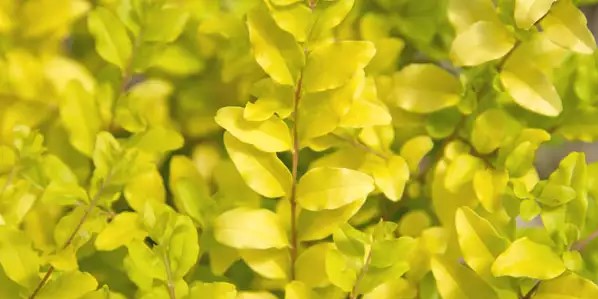
Besides underwatering, another complication that affects the Ligustrum leaves is overwatering. Ligustrum leaves can sustain on minimal water for a prolonged period, which means that excessive moisture will do worse than good. This, in turn, will make the leaves turn yellow and eventually wilt and fall off the branches.
How to fix it?
Your first step is to get a moisture meter. It will help you assess the moisture level in the soil, enabling you to make the most of your watering practice. Ideally, if you notice that the soil is excessively moist, avoid watering. Also, if you see it crack dry, a little water can help in that case.
2. Lack of Sunlight exposure
Sunlight is crucial for Ligustrum for photosynthesis and also to keep the functional processing of the plant in check. So, if you notice that the plant’s leaves are turning yellow and wilting very actively, the most common reason behind the same is due to the lack of sunlight exposure.
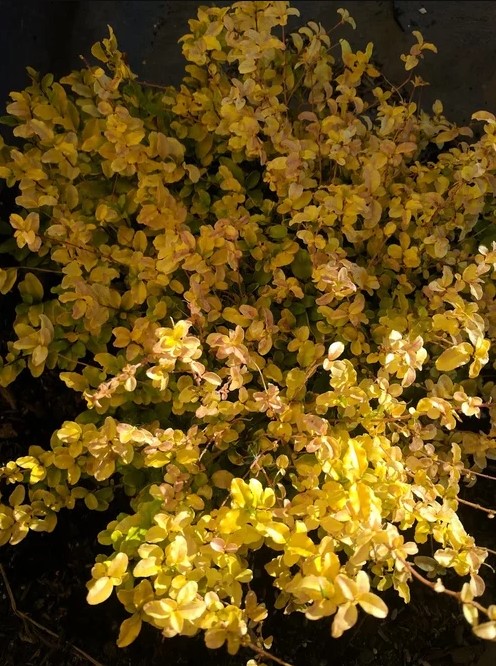
You can’t keep or grow your Ligustrum plant somewhere in the shade since it needs sunlight to prioritize its normal functioning.
How to fix it?
If you notice that the lack of sunlight is causing the plants to wilt and get the yellow color on the leaves, we’d recommend that you focus on shifting the position of the plant. If it is planted into a garden bed, carefully dig it out with the roots and replant it somewhere with direct sunlight.
3. Fungal Attacks
Fungal attacks are nasty and sometimes even fatal for the plant, especially if you fail to diagnose them at an early stage. Issues like leaf spot and root rot are two of the most common fungal attacks or complications that your Ligustrum leaves are susceptible to. Ideally, we’d recommend that you look into the issue as soon as you notice the leaves starting yellow.
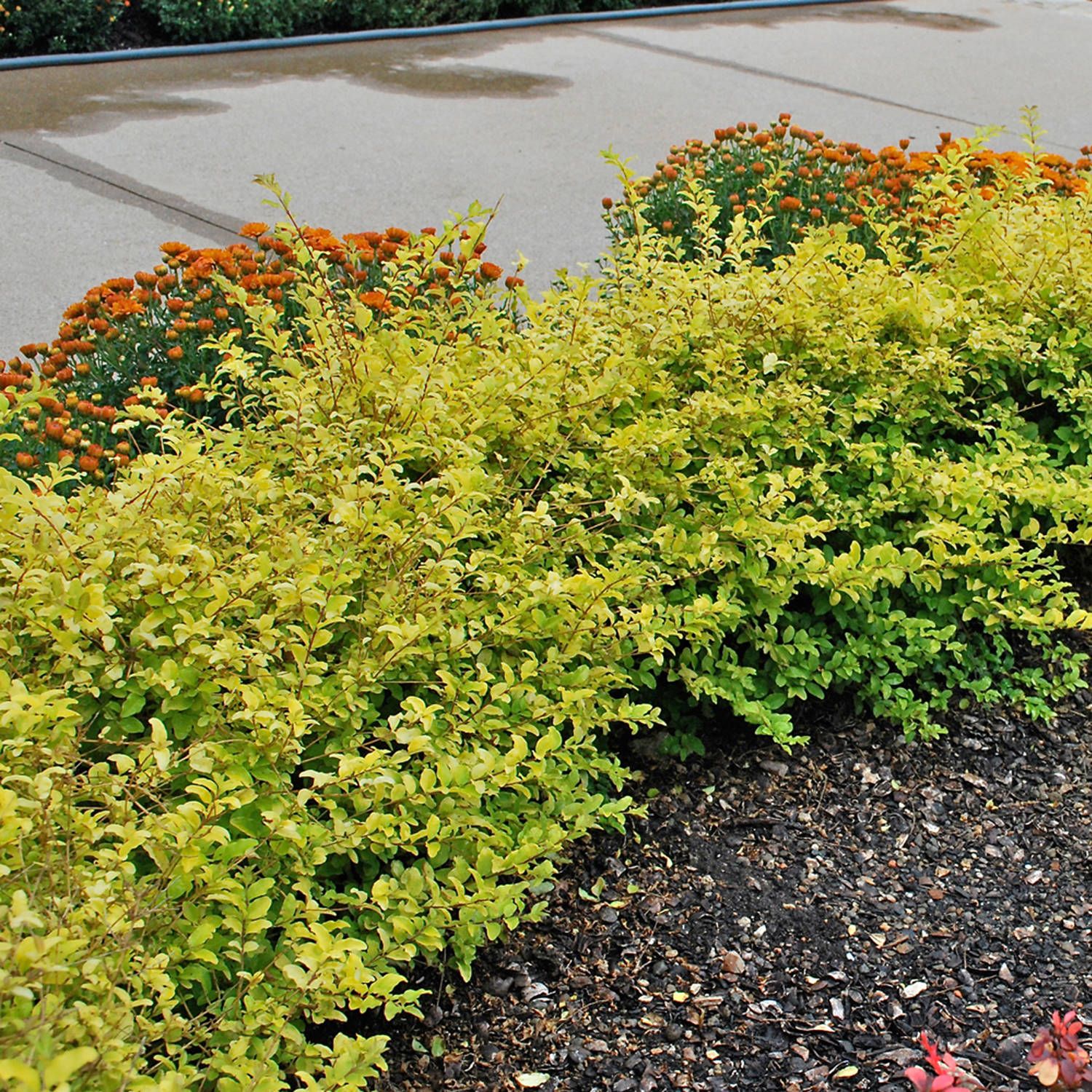
If the issue isn’t due to water or sunlight, the most probable reason is due to the fungal attack. What you can do is check the underside of the leaves for the vectors like pests that could be carrying the fungi and then find ways to eradicate them.
How to fix it?
Your first motive with any kind of fungal attack is to work quickly. If you slow down and leave it to cure by itself, chances are that it will not work. If you leave the leaves with the fungi, it will eat away at the whole plant, damaging things to the core. Once the initial mitigation is done, the next step in line is to spray fungicide on the plant.
4. Pest Attack
Another reason why your Ligustrum leaves are turning yellow is due to the pest attack on the plant. Like the fungal attack, even this one progresses pretty rapidly if you don’t pay close attention to it. Some of the common pests that you should look out for are whiteflies, spider mites, thrips, etc.
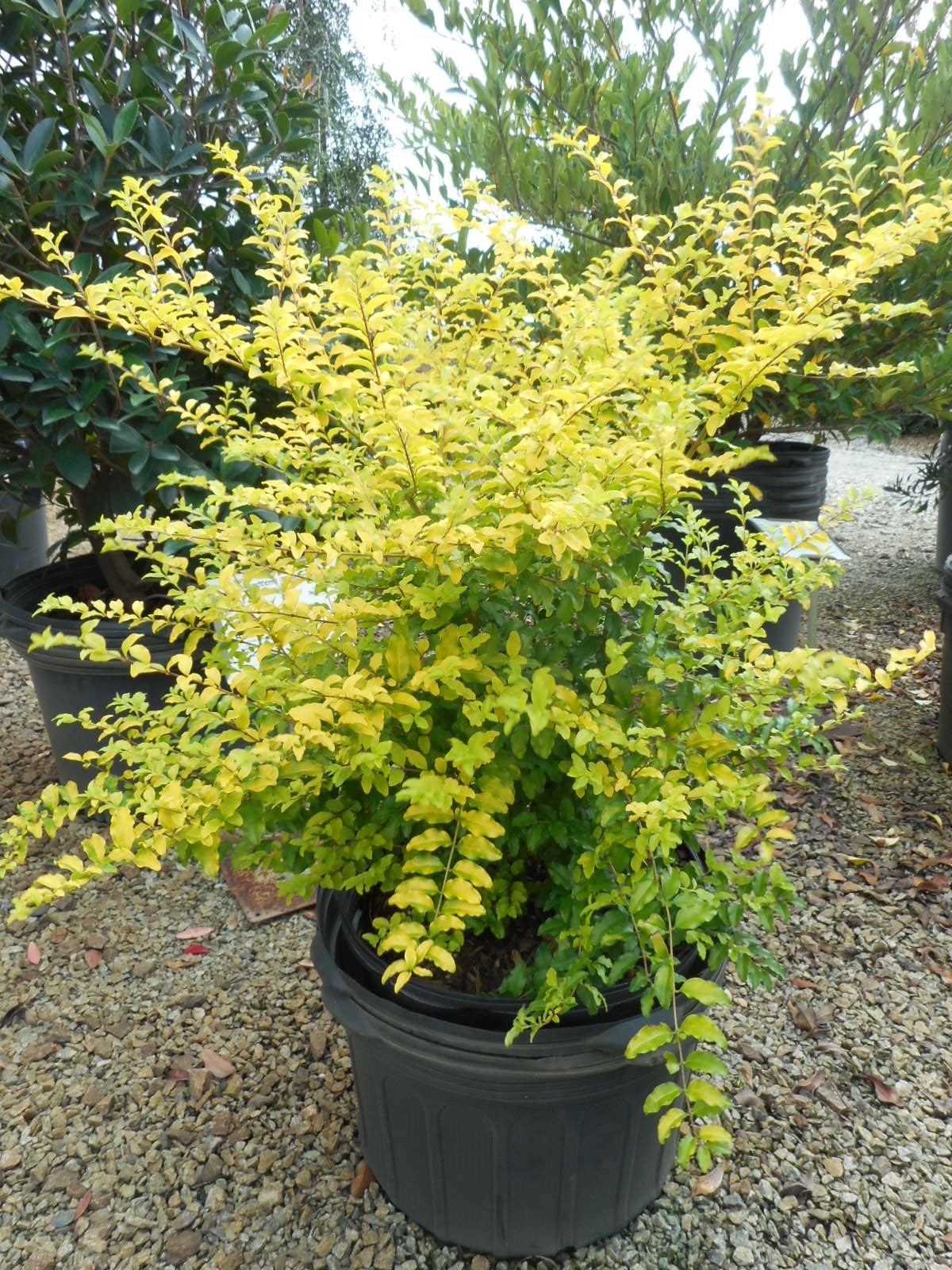
They are very small in size and hard to locate on the deep and compacted foliage of the plant. However, what you can do is check along the underside of the leaves since that’s where they mostly stay. Also, they have a tendency to eat away and suck out the plant’s nutrients, which can lead to the leaves turning yellow due to nutrient deficiency.
Spider mites are very common in Ligustrum leaves, so ensure that you check for those from time to time.
How to fix it?
Your first step is to cut out the infested part. Once that’s done, spray the plant with a splash of water to get the initial pest infestation out. Follow this up with a spray of insecticide and that should take care of the issue.
5. Nutrient Deficiency
If your Ligustrum plant is being attacked by pests and fungus, this will lead to extensive nutrient deficiencies. Your work is to look into this as when the leaves start turning yellow. Sometimes, nutrient deficiency is also related to the soil’s quality, so that’s something you should look into as well.
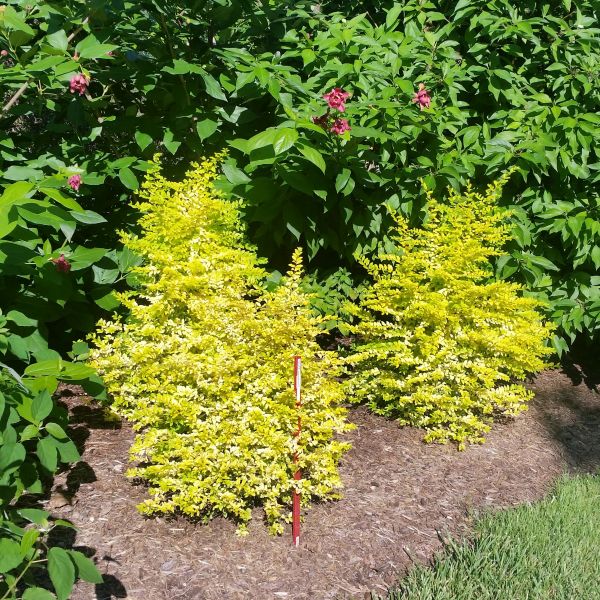
You can blame the soil if you notice that the plant isn’t growing as it should. So, keep an eye out for the overall growth as well.
How to fix it?
A well-balanced fertilizer is your only way out of this issue. Sprinkle a slow-releasing fertilizer that will keep a check on the soil’s quality and growth factors without any complaints.
FAQs
1. How do you save ligustrum?
Ligustrum is a very sensitive plant and needs well-draining soil for its growth. If you are considering growing the same in your garden, the only thing we’d recommend you do is to choose well-draining soil and avoid overwatering. These are the two markers that lead to the eventual damage of the plant.
2. Why is my Ligustrum yellow?
Besides the yellowing of the leaves, the appearance of dark or black spots all over the Ligustrum plant is indicative of a potential fungal infection. If you notice the situation getting worse progressively, we’d recommend that you treat the leaves with fungicide immediately. Also, if possible, cut out or prune the already infected leaves out of the plant.
3. What is the best fertilizer for Ligustrum?
Ligustrum plant benefits a lot from the use of fertilizer. What we’d recommend you do is use a high-quality and slow-releasing fertilizer, including the ones that are rich in sulfur and iron. These work quite well, especially in ensuring optimal growth of the plants without any complications.
4. Why is my Ligustrum dying?
The top three reasons why your Ligustrum plant is likely dying are due to issues of overwatering, underwatering, or overfertilization. Too much or too little of anything is bad for your plants. So, we’d recommend you keep a check on the growing parameters that you have put into place.
5. How much water does a Ligustrum need?
When watering the Ligustrum plant, you have to be extremely careful with the amount of water you are spraying around. If you aren’t sure about the amount, the ideal amount is 1 gallon of water per sq. ft of the plant’s roots. Also, you need to ensure that you are planting this in well-draining soil to prevent risks of water logging and root rot.
Conclusion
Ligustrum leaves turning yellow can affect your growing motivation. Despite you doing everything right, there are chances that the plant might not grow as optimally as you expected. We hope this article gives you all the possible causes and what you can do to fix the issue.

